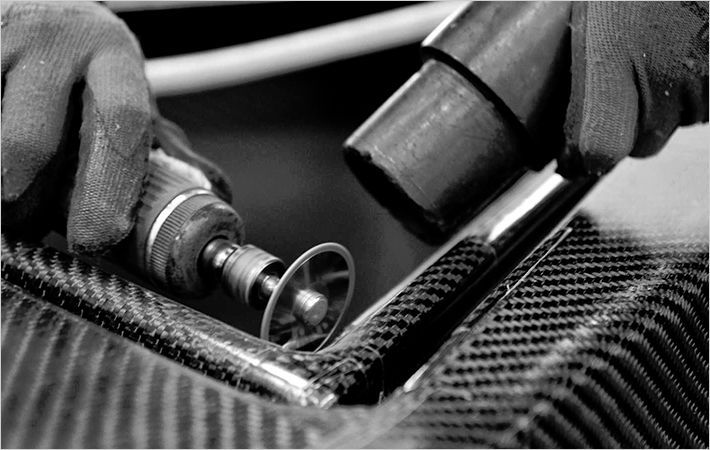The CFTF, operated by Oak Ridge National Laboratory as part of the Department’s Clean Energy Manufacturing Initiative, opened earlier this year to find ways to reduce carbon fiber production costs and to work with the private sector to stimulate widespread use of the strong, lightweight material.
In its first months of operation, the CFTF used traditional raw materials to assure the new pilot scale manufacturing line would produce a commercial-quality product. With that goal accomplished, the facility now will use less expensive "precursor" materials that can be turned into carbon fiber more cost-effectively.
“The first alternative precursors we are working with are lower-cost, textile-grade acrylic fibers that we will turn into sample lots of carbon fibers,” said CFTF director Lee McGetrick. “Companies that would like to obtain some of this material for prototyping of composite applications are invited to come and talk to us.”
ORNL is accepting proposals from companies that want to try out the low-cost carbon fiber to develop new products and tap markets in such areas as transportation, energy production and infrastructure.
The 42,000-square-foot CFTF has the flexibility to try out different kinds of precursor materials, which typically comprise about half of carbon fiber production costs. In addition to the textile acrylic fiber now in use, CFTF researchers are experimenting with other inexpensive alternatives such as lignin, a byproduct of biorefineries and the pulp industry.
“We’re uniting ORNL’s unique facilities, scientific and engineering expertise with industrial partners to stimulate broader application of carbon fiber to create new products that will result in the revitalization of American manufacturing,” said Craig Blue, who directs ORNL’s advanced manufacturing program and the Manufacturing Demonstration Facility.
The CFTF draws on ORNL’s broad portfolio of manufacturing and materials science expertise and is closely integrated with the lab’s Manufacturing Demonstration Facility, which offers additional equipment and resources in advanced manufacturing. Companies that would like to work with the MDF in the areas of additive manufacturing or carbon fiber and composites are invited to submit collaborative project proposals.
Oak Ridge National Laboratory

